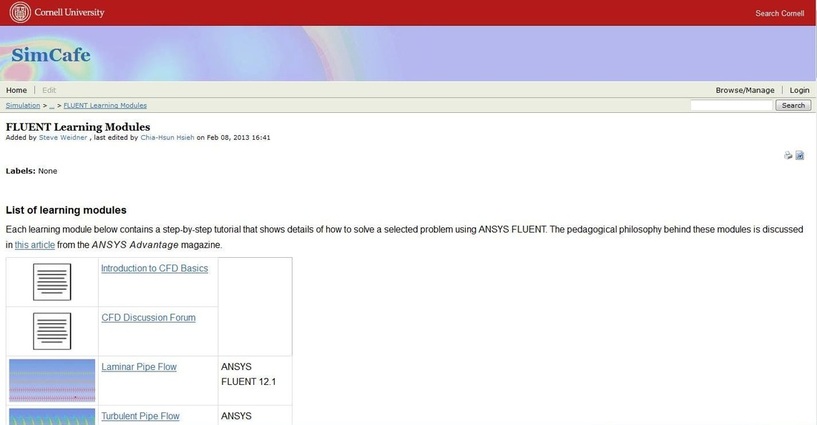Comparison between ANSYS-FLUENT and ANSYS-CFX
1- More Turbulence models to select from, and more options to apply for selected model.
2- Faster solver.
3- It has a big data base of different materials to chose from.
4- It has more data analysis tools than used in CFX.
5- The software is very sensitive and crashes alot, at advanced levels of use the software becomes difficult to find out what the cause of the simulation crash.
6- Uses the pressure correction method, Simple, Simpler, Simplec and PISO.
7- Uses the Finite Volume Method, while CFX uses the Finite Element Method.
2- Faster solver.
3- It has a big data base of different materials to chose from.
4- It has more data analysis tools than used in CFX.
5- The software is very sensitive and crashes alot, at advanced levels of use the software becomes difficult to find out what the cause of the simulation crash.
6- Uses the pressure correction method, Simple, Simpler, Simplec and PISO.
7- Uses the Finite Volume Method, while CFX uses the Finite Element Method.
Online ANSYS-FLUENT Manual
For regular questions about boundary conditions used in FLUENT have a look in Page 261 in the manual.
ANSYS-FLUENT Online Tutorials
The following link provides an outstanding number of tutorial on the use of ANSYS-FLUENT to run simulations. Have a read through the provided list and see which one is the most similar one to your case.These tutorials are provided by Cornell University
ANSYS-FLUENT YouTube Tutorials
An ANSYS Fluent basic flow simulation tutorial, this tutorial provides you with the basic tools to use Flunt.
Unless otherwise noted, all content on this site is @Copyright by Ahmed Al Makky 2012-2018 - http://cfd2012.com

